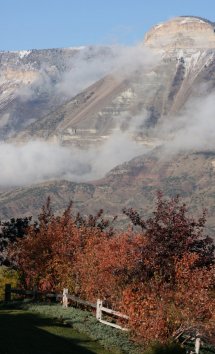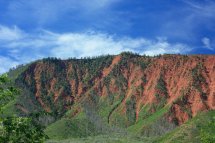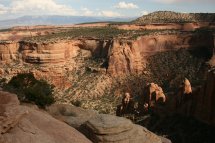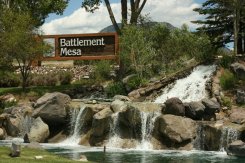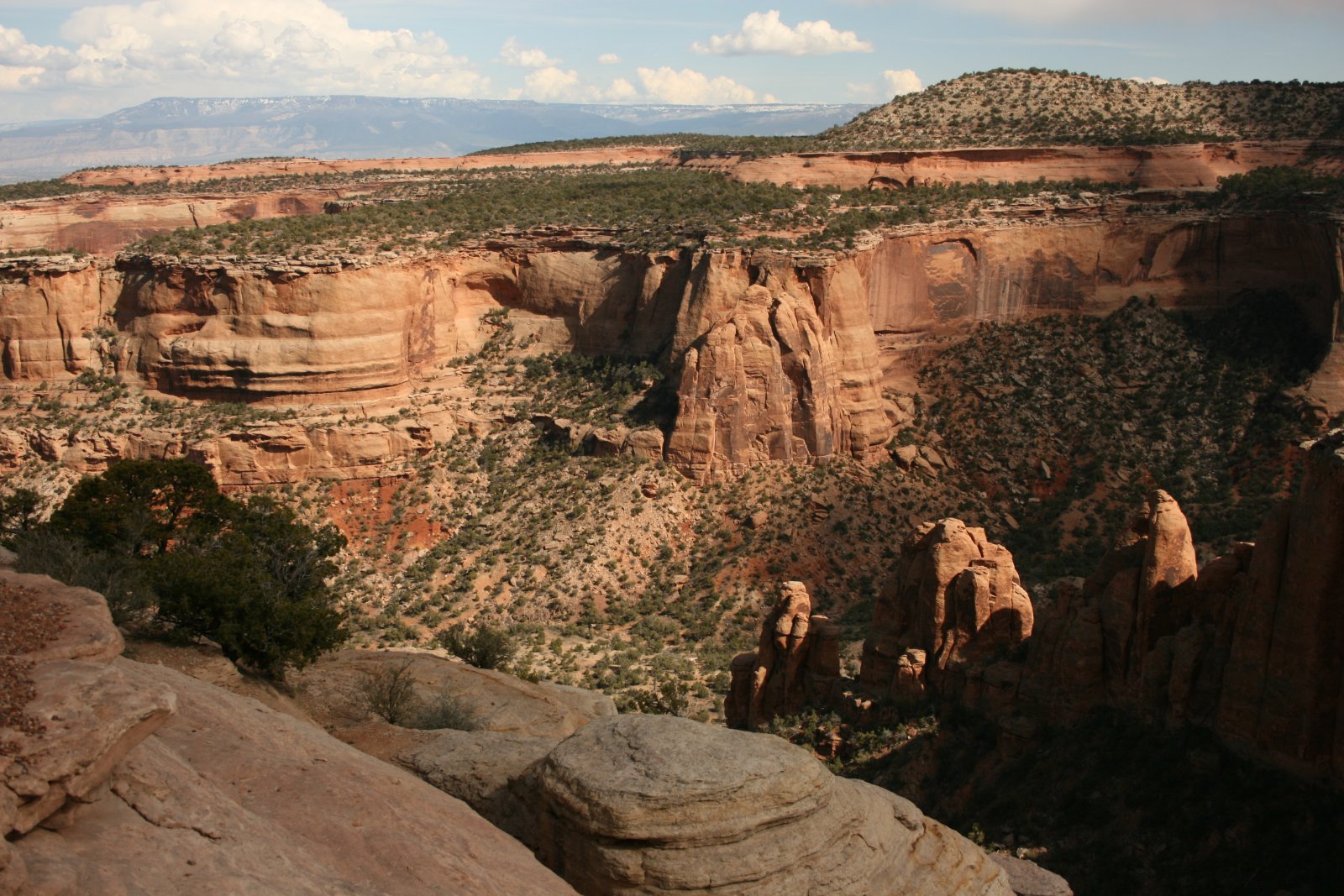
Advice Regarding How to Prepare for a Fire Emergency
FOR IMMEDIATE RELEASE: Scott Fitzwilliams, Forest Supervisor, White River National Forest
Glenwood Springs, CO ( Friday, June 29,2012 ) – Colorado is on fire! If you have been following the news about the wildfires in Colorado, you might believe that the entire state is on fire. Yes, there are several major fires burning in Colorado and yes, these fires are impacting the people who live in or near these fires. Thousands of people have been forced to evacuate their homes, often on very short notice as the fires show unprecedented and unexpected fire behavior. The truth is that much of Colorado is not on fire and while conditions are critical, with a little forethought and caution, residents and visitors alike can continue to use and enjoy Colorado’s public lands.
Fire conditions on Colorado’s western slope are as severe as those on the Front Range. We are seeing fire indicators that we have not seen since 2002. The current fire restrictions are intended to reduce the possibility of human caused fires so that fire management agencies can focus resources on the naturally caused fires that are likely to occur.
While the fire management agencies at all levels of government (local, county, state and federal) work to manage existing fires and prepare for future fires, there are several things local residents can be doing to support the efforts of the wildland fire agencies. First and foremost, know, understand and abide by the fire restrictions that have been put into effect thus far and be prepared for additional restrictions should conditions not moderate.
My sympathies go out to all of the people who have been forced to evacuate from their homes as a result of the various fires across Colorado. Not knowing what to take, where to go or what to expect when one returns home has to be very stressful on everyone. No matter how well prepared anyone might be, there will still be trauma when you have to evacuate a home no matter what the cause might be. Having said that, there are some things that can be done to ease the trauma of evacuation. The most important is to have a plan; a plan that involves the entire family. Here are just a few things to consider when developing an evacuation plan:
- Have your important papers in one easily transported container and in a central location.
- Have medications and health care supplies in a central location.
- Have three to five days of clothing for yourself and all members of the family.
- Have a list of family heirlooms that you would take with you.
- If you have animals (pets or livestock) know where you would take them so they can be cared for appropriately. In some situations, you might not be able to have pets with you in an evacuation center.
- Have a family communications plan and rendezvous location prearranged.
Additional information on preparing for an evacuation can be found on the website for the County Sheriff in your county. Additionally, most counties have a process by which you can register to receive emergency notifications via your cell phone or email. I encourage anyone living in areas potentially threatened by wildfire to sign up for these notifications.
I hope that you will take a few minutes and do your part to help the wildland fire agencies prepare for what we all hope is the unlikely event that you may be asked to evacuate you home because it is threatened by an advancing wildfire.
Contacts: Pat Thrasher (970-247-6221)

